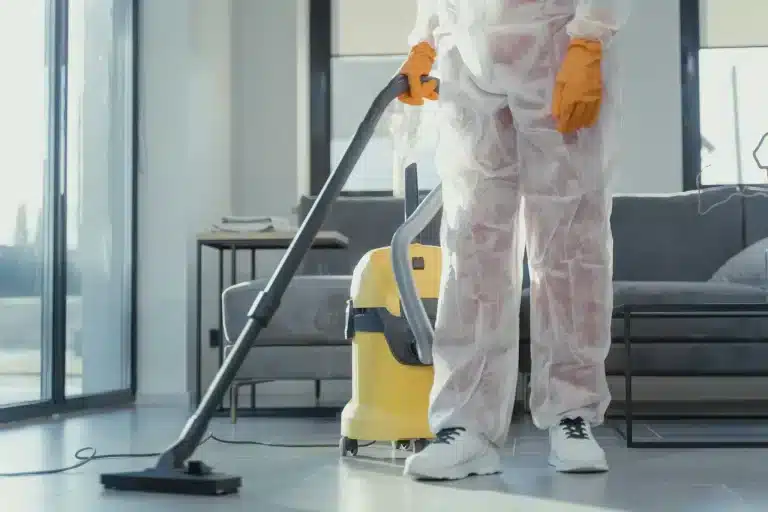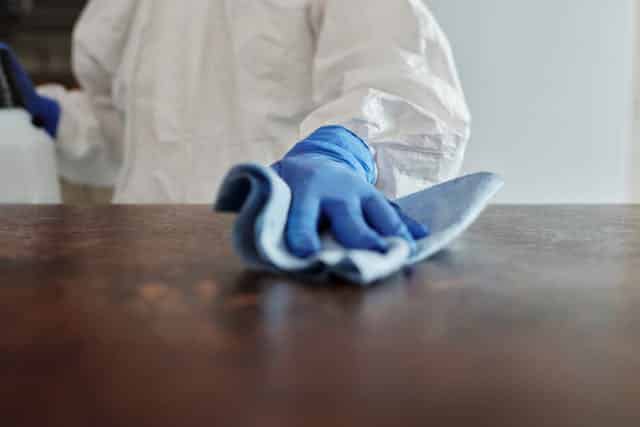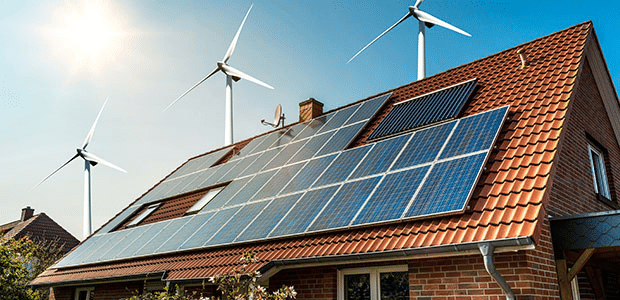In the realm of sustainable living and cost reduction, the topic of energy efficiency in homes has assumed paramount importance. Unbeknownst to many households, a simple yet insightful DIY energy audit can critically reduce power consumption and facilitate substantial savings on energy bills.
For the unacquainted, a DIY home energy audit is a meticulous procedure that identifies areas in your residence where energy is being underutilized or wasted.
By taking the initiative to conduct this audit, homeowners empower themselves with knowledge to manage energy consumption intelligently, mitigate wastage, and to devise and implement effective solutions.
This guide will painstakingly walk you through the process, tools, and techniques necessary to conduct a comprehensive DIY home energy audit.
Preparing for Your DIY Home Energy Audit
Embarking on a DIY home energy audit necessitates ample preparation and having the right tools in your arsenal. To begin with, you should keep a flashlight, a notepad or digital device for documenting observations, a thermometer to gauge temperature variation in different areas of your house, and a smoke pen or incense sticks for potential draft detection.
A thermal imaging camera, though not an absolute necessity, can augment your chances of identifying energy inefficiency hotspots with far greater accuracy. Furthermore, infrared thermometers could also be helpful in determining surface temperature changes which might highlight issues with insulation.
Placing a continuous emphasis on safety during the audit process is crucial. Ensure that you are wearing appropriate protective gear, including gloves and a mask, particularly when examining insulation which may carry a risk of inhaling small particles.
In addition, make it a point to switch off power to specific areas of the house while investigating electrical fixtures or systems to eliminate the risk of any accidents.
Before you commence the inspection process, it’s paramount to gather and review your energy bills from the past year. Understanding your electricity bill, including each and every charge, should be key illuminating your energy usage patterns and help you apprehend periods of abnormally high consumption.
Setting specific yet achievable goals, be it to reduce energy costs by 20% or to lower carbon emissions on a holistic level, frames audit directions and serves as an immense source of motivation. Developing a systematic approach that lays out what you wish to achieve with the audit forms an essential path to success.
Inspecting Insulation and Ventilation
Adequate insulation is a bedrock of efficient energy use, given its role in preventing heat transfer and thus maintaining desired temperatures with minimal energy consumption. An integral part of the audit should involve thoroughly scrutinising the insulation in your attic.
It’s common to find that most homes could significantly benefit from additional insulation, especially in cases where the existing layer is thin or irregularly applied. Bear in mind that insulation should blanket the entire attic floor, distributed uniformly and devoid of any gaps.
Drafts originating from windows and doors also contribute immensely to energy wastage. For efficient detection, close all windows and doors within your home and proceed to use a smoke pen or lit incense stick near their seams.
If the smoke shows horizontal movement or shifts abruptly, then there’s a high chance it’s due to a draft. Application of caulking and weather-stripping can operate as fail-safe resolutions to these leakages offering an airtight seal to hinder airflow.
Ventilation is a critical subset in the larger conversation surrounding household energy efficiency. A meticulous examination of your home’s ventilation system is in order. This includes vents and exhaust fans in the attic, bathroom, and kitchen.
A functionally optimised ventilation system ensures improved air circulation, and consequently, enhanced indoor air quality and energy efficiency. Look for evidence of dust accumulation, which can negatively impact continued airflow, and confirm that vents are not blocked by objects impairing their effectiveness.
 Evaluating Heating and Cooling Systems
Evaluating Heating and Cooling Systems
Heating and cooling systems, or HVAC (Heating, ventilation, and air conditioning) systems, are known to be accountable for a hefty margin of total home energy consumption. Initiating a meticulous evaluation of these systems can offer substantial energy reduction potential
. The process should ideally begin with you investigating the HVAC system’s age and past maintenance records. Tough it might seem counterintuitive, older systems are often less energy-effective, which is why regular maintenance is indispensable for superior operational performance.
Examine the household ductwork for any visible signs of leaks or compromised insulation as both pose acute threats causing substantial energy wastage. In cases of visible leaks, consider using metal tape or mastic sealant to effectively minimise leakages.
As for insulation of ducts, the use of insulation duct wrap can prevent the consequent energy losses associated with heated or cooled air. Further, it is essential to remember that filter replacement should be done at regular intervals.
Clogged or dirty filters reduce the overarching performance of the system, forcing it to exert more effort, consume more power and, in doing so, driving up your energy bills.
Examining Lighting and Appliances
The process of auditing lighting and appliances plays a pivotal function when auditing your energy use and potential wastage. A significant first step would be progressively replacing traditional incandescent bulbs with energy-efficient LED bulbs.
Despite an initially more substantial investment, these bulbs tend to consume radically less energy and have significantly longer lifespans, effectively paying for themselves in the long run.
Additionally, a crucial point of intervention is recognising ‘energy vampires’ – these are devices and appliances which, even when off or in standby mode, continue to draw power.
Devices typically in this category include televisions, computers, phone chargers, among others. The practice of unplugging these when not in use, or utilising smart power strips, can drastically reduce their energy consumption.
Lastly, you should evaluate major household appliances such as the refrigerator, dishwasher, washing machine, and clothes dryer, in terms of their current efficiency. Check for Energy star ratings or other energy efficiency indexes to determine which ones may need replacement.
Notably, it’s not always necessary to purchase new appliances; sometimes, the solution may lie in how they’re used. A few alterations in usage habits, like washing clothes in cold water or running the dishwasher only when it’s full, can significantly lessen energy consumption overall.
Assessing Water Usage and Heating
Examining water usage and heating is also beneficial, as water heaters are often a leading source of energy consumption in many homes. Begin your audit by inspecting the heating element and reviewing the water heater for efficiency.
The age and model of the heater can significantly impact its energy efficiency. Likewise, insulating your water heater and the first few meters of hot water pipes can play a significant role in mitigating heat loss and improving efficiency.
Implementing Your Findings and Making Changes
After you’ve completed the energy audit, the knowledge and insights you’ve gained needs to be transformed into actionable measures. Detailed action planning comes into play here. Identify the areas that demonstrated the highest energy wastage and deduce a concrete plan to rectify them.
Prioritising interventions based on ease of implementation, immediate impact and the associated expenses will help in better structuring and execution. While some solutions are relatively easy to implement, like changing light bulbs or sealing drafts, others may demand careful planning and higher initial investment.
However, there are several budget-friendly tips for improving energy efficiency. These include DIY insulation enhancements, installing weather stripping, utilising programmable thermostats, and the like. After implementing these changes, it’s essential to track your energy usage again to measure the actual impact of your interventions.
Conclusion
Undertaking a DIY home energy audit is an impactful step towards better managing your energy use, enhancing your home’s overall energy efficiency and significantly reducing monthly energy expenses. It offers the power of knowledge to homeowners, allowing them to identify areas of energy wastage and take the necessary corrective measures.
By implementing changes based on the audit outcomes, households can realise long-term financial savings and contribute meaningfully to environmental conservation.
Regular auditing and continuous efforts towards optimising energy use ensure sustained benefits, translating into considerable savings over time. Having taking these steps, you will likely inspire others to embark on a similar journey of effortless, consistent energy savings.

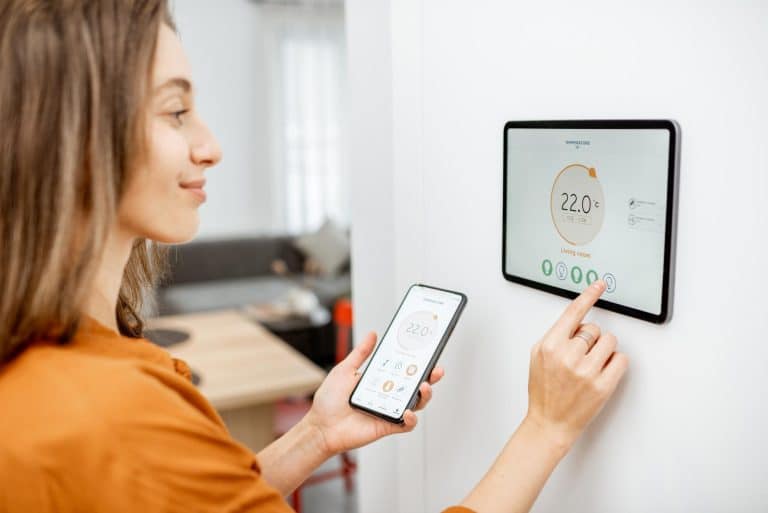
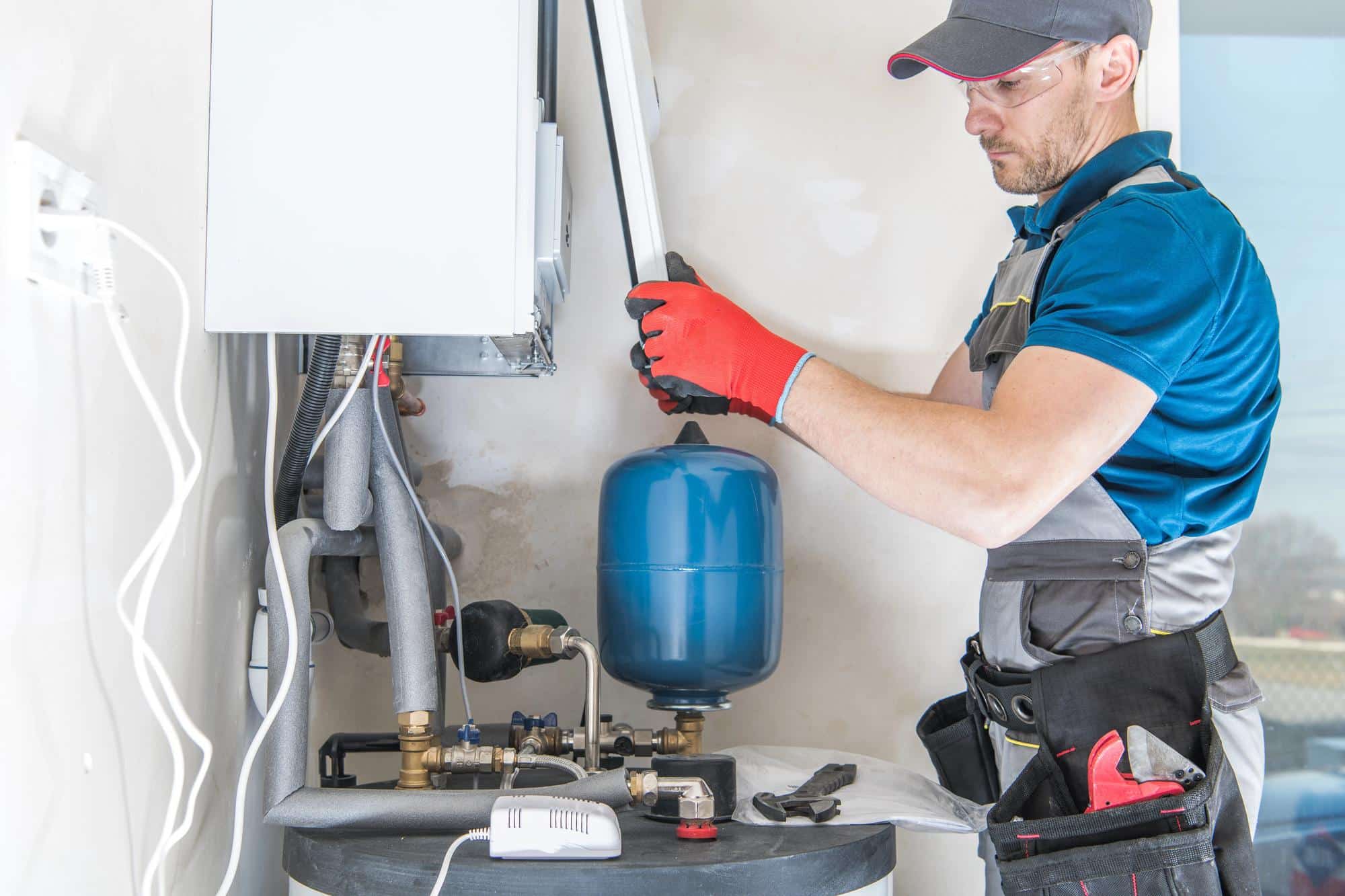 Evaluating Heating and Cooling Systems
Evaluating Heating and Cooling Systems

